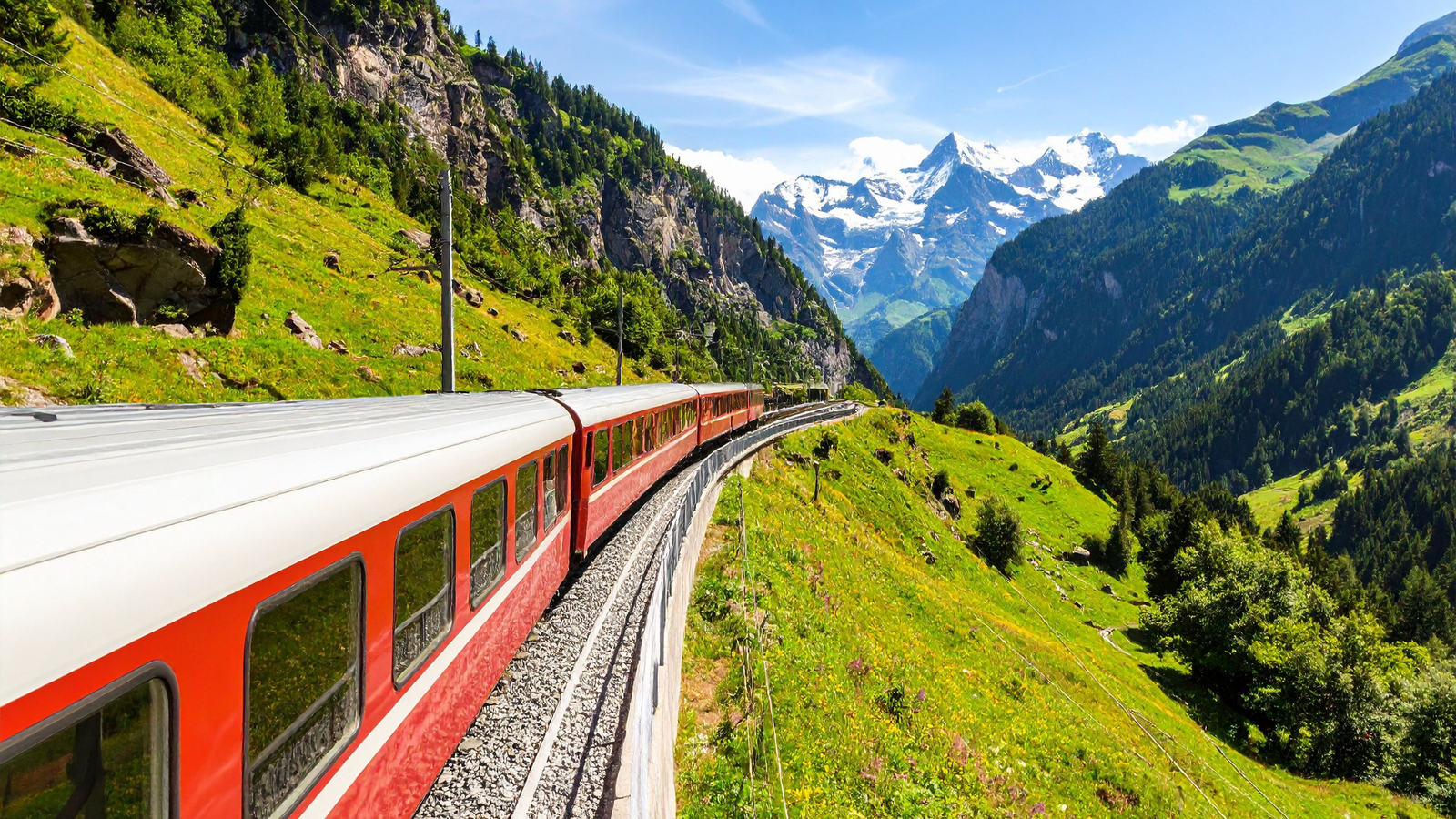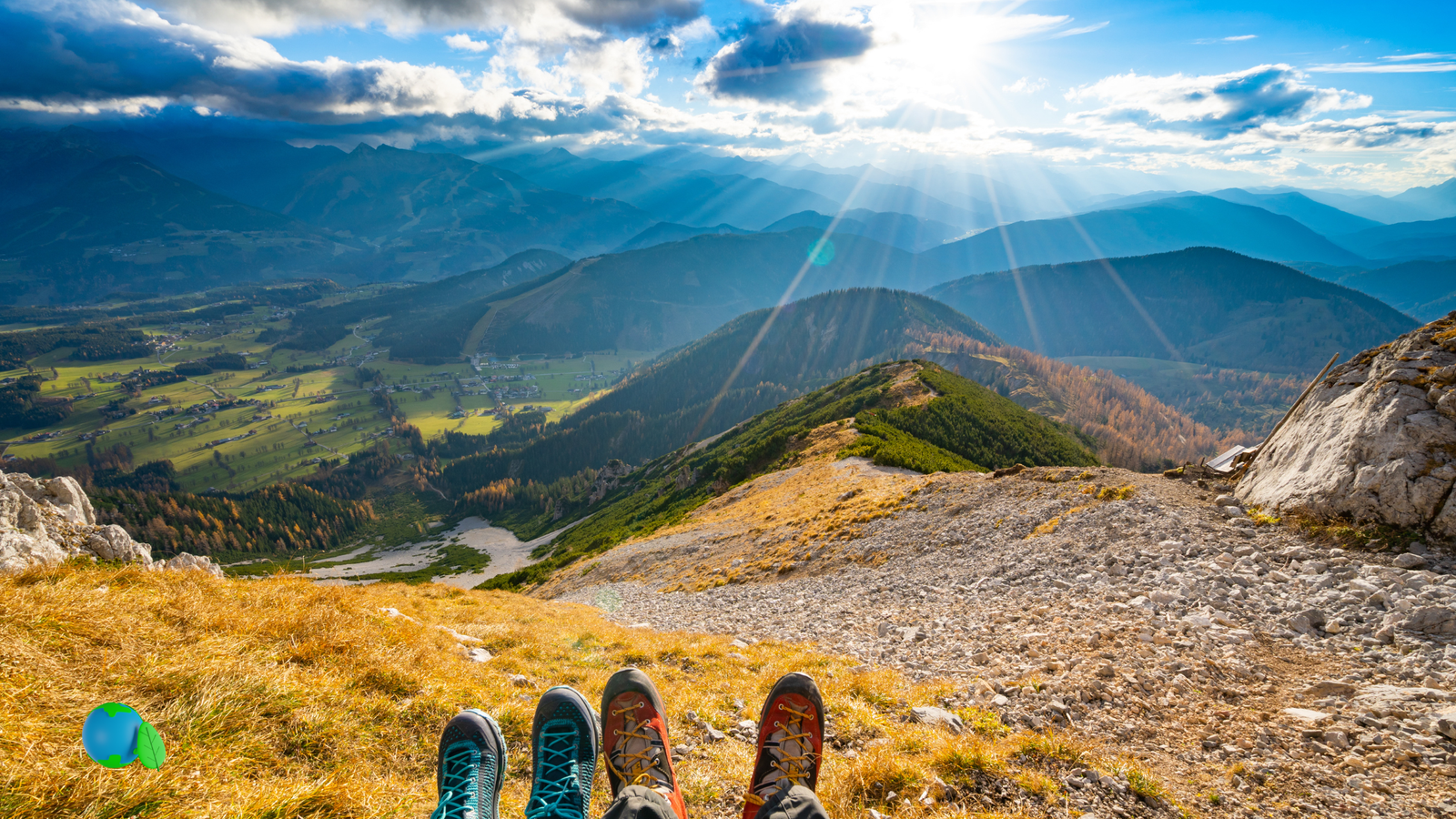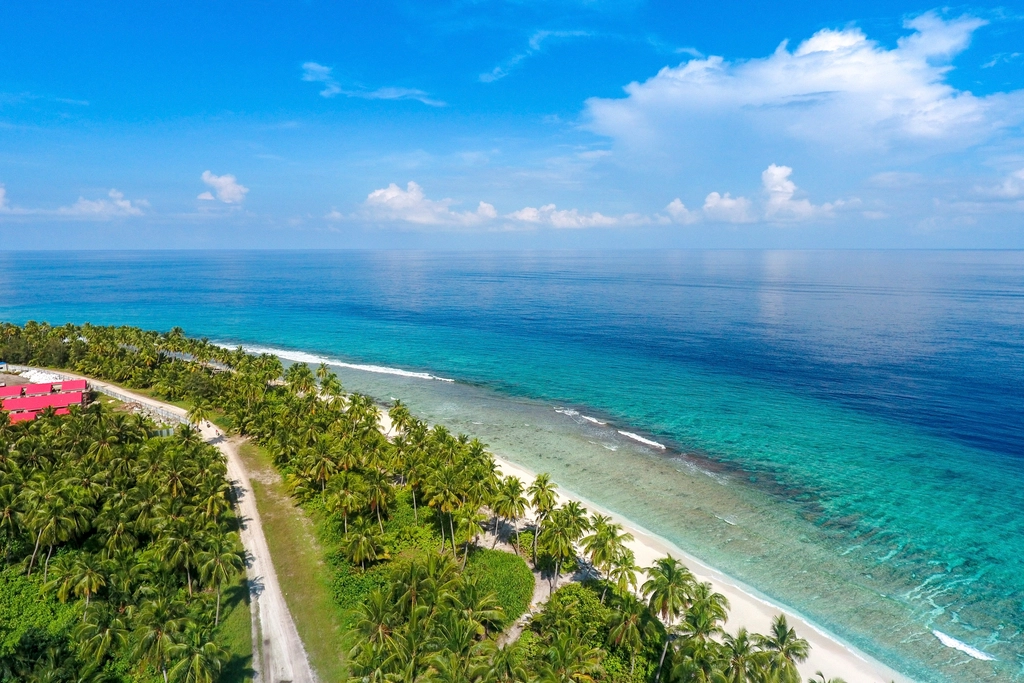
Eco-Luxury Awaits: Discover the Maldives Sustainably
Sleep Above Turquoise Waters in Eco-Conscious Bungalows Designed for the Modern Nomad
Sustainable Travel for Digital Nomads in 2025
Plan low-impact trips without losing comfort. Our guides help you swap short-haul flights for rail-first itineraries, book eco-stays, and pack smarter with reusables—so you can explore Asia and Europe with a lighter footprint.
- Night trains & rail passes: route ideas that trade airports for sleep-while-you-move comfort.
- Stay choices that matter: walkable areas, refill-ready neighborhoods, and verified eco policies.
- Minimalist packing: durable gear, refill kits, and zero-waste habits that actually work on the road.



Latest Sustainable Travel Guides
Plan Your Next Eco-Friendly Adventure

European Sleeper Routes
Cut flights and enjoy scenic overnight train adventures across Europe.

Zero-Waste Packing
Build a minimalist carry-on kit that works in three climates with no waste.

Train vs Plane Emissions
Compare CO₂ savings and door-to-door times to plan smarter routes.
Eco-Friendly Travel Tips
Everyday actions to cut your footprint while exploring the world.
Read TipsGreen Travel Guide
Plan carbon-light routes, book eco-lodging, and travel with purpose.
Explore GuideInteractive Flight Price Map
Search live flight deals to kick-start your next eco-adventure.
Sustainable Travel for Digital Nomads
If you’re building a work-anywhere lifestyle, sustainable travel for digital nomads is more than a trend—it’s the operating system for your trips. See more of the world while leaving a lighter footprint, supporting local communities, and keeping your workflow smooth. Start with our night trains in Europe guide, tighten your routine with these low-impact travel habits, and ground your plans in a sustainable nomad lifestyle.


What sustainable eco travel means here
We focus on choices you can use on day one: locally owned stays, rail or coach when practical, refilling water, packing lighter, and picking nature experiences that respect people and wildlife. Our guides highlight neighborhoods you can live and work in, café and coworking options, safe cycling routes, and slow-travel ideas that help you stay longer and spend smarter. For everyday actions you can repeat anywhere, see Low-Impact Travel Habits.
Remote-work ready, planet-friendly
- Reliable internet: eSIMs, local SIMs, expected Wi-Fi speeds, and backup hotspots.
- Coworking & cafés: comfortable work spots, quiet corners, and local etiquette.
- Transport swaps: when to choose rail, coach, rideshare, or walking paths—start with our Night Trains in Europe (2025).
- Stay longer: monthly cost notes and rough budgets to reduce churn and emissions.
- Gear that lasts: carry-on setups, multi-use clothing, refillable bottles, compact chargers, and repair-friendly items—shaped by our Sustainable Nomad Lifestyle approach.
Local first
Sustainable travel works best when it supports the places you visit. We point to family-run stays, markets, and experiences led by residents. Expect cultural notes, basic greetings, and norms for visiting sacred sites, parks, and community spaces—because a lighter footprint includes respect. Wildlife is observed at a distance with guides who follow conservation rules.
Plan with clarity
- Watch: short, chaptered video to check season, vibe, and fit.
- Map: save key pins—stays, cafés, coworking, transit, markets, and nature.
- Act: book local stays, choose the lower-impact route, and use our packing checklists. Building your shortlist? Compare regions with Top Sustainable Nomad Destinations and 10 Eco-Friendly Nomad Spots (2025).
Smart timing & pacing
We show when crowds thin and prices drop, how to pace deep-work days with adventure days, and which neighborhoods make great bases. If a place is best in shoulder season we say so; if a viewpoint is easier at sunrise by public transit, we show the route. For destination ideas suited to your calendar, use our 2025 destination shortlists.
Safety & comfort
Low impact shouldn’t mean low comfort. Expect notes on medical kits, insurance basics, money access, and solo-travel commonsense. Where scams or common mistakes exist, we flag them; where a route is genuinely easy and beautiful, we highlight it so you can enjoy the moment.
Join the journey
If this matches how you want to move through the world, explore our guides and videos, save the maps, and subscribe for new releases. The more we normalize sustainable travel for digital nomads, the easier it becomes to keep your work flowing, your curiosity alive, and your impact positive—one thoughtful choice at a time.
Start Here: Your Eco-Travel Blog Hub
To help you plan smarter, this quick hub connects our most useful, research-rich guides. First, skim the sections below. Then, follow the links to build a lower-impact trip—from packing and routes to lodging and everyday habits. Finally, loop back here anytime to continue your journey.
Plan smarter, move cleaner, and pack lighter
Begin with the fundamentals: a practical zero-waste packing list and a step-by-step carbon-neutral travel workflow. Next, because mode choice matters most, compare footprints in train vs. plane emissions (2025). Afterwards, explore comfort-forward rail options via night trains in Europe and how to book European sleepers.
Also useful: eco-friendly travel kit · low-impact travel habits · no-car workation cities.
1) Routes & Transport
First choose rail-friendly regions and, whenever possible, travel off-peak. Then, keep hops to a minimum and extend stays. Consequently, your itinerary gets calmer and your emissions fall.
Read: Night trains (2025) · Train vs plane
2) Stays & Neighborhoods
Next, book transit-rich bases near markets and parks. Because you can walk, tram, or bike, you’ll spend less, feel safer, and reduce car dependence.
3) Packing & Daily Habits
Finally, use refillable toiletries, a compact utensil kit, and plant-forward meals. As a result, you’ll cut plastic, avoid impulse buys, and still travel comfortably.
See: Zero-waste packing · Eco kit
Quick tools (optional, cancellable)
Compare options, then book only what fits your slower-travel plan.
Ultimate Sustainable Travel Guide 2025
Your cornerstone playbook to plan rail-first trips, build a zero-waste kit, choose walkable bases, and compare door-to-door time vs. emissions—then book with confidence.
1) Start With Mode Choice (Time + CO₂, Not Hype)
For intercity legs under ~6–7 hours, fast rail typically beats short-haul flights once you include transfers, security, and boarding buffers. Verify the corridor, then anchor your loop around trains or an overnight sleeper to bundle transport + lodging. Compare real routes in Train vs Plane Emissions 2025 and How to Book European Sleepers.
- Confirm exact train numbers and berth types; hold refundable backups for mission-critical arrivals.
- Build 20–40 min buffers at operator/country changes.
- Use mornings for long moves; evenings for local walking + markets.
2) Design the Loop with Base Cities
Pick 1–2 walkable bases on strong corridors. Day-trip out, return by rail, and skip repacking. This cuts taxi spend, transfers, and noise for locals—while giving you time to actually explore neighborhoods. Strategy details in the Green Travel Guide 2025 and Sustainable Travel Guide.
3) Editor’s Picks (Read These Next)



Note: Some outbound links may be affiliate; using them never changes your price and helps keep guides free.




